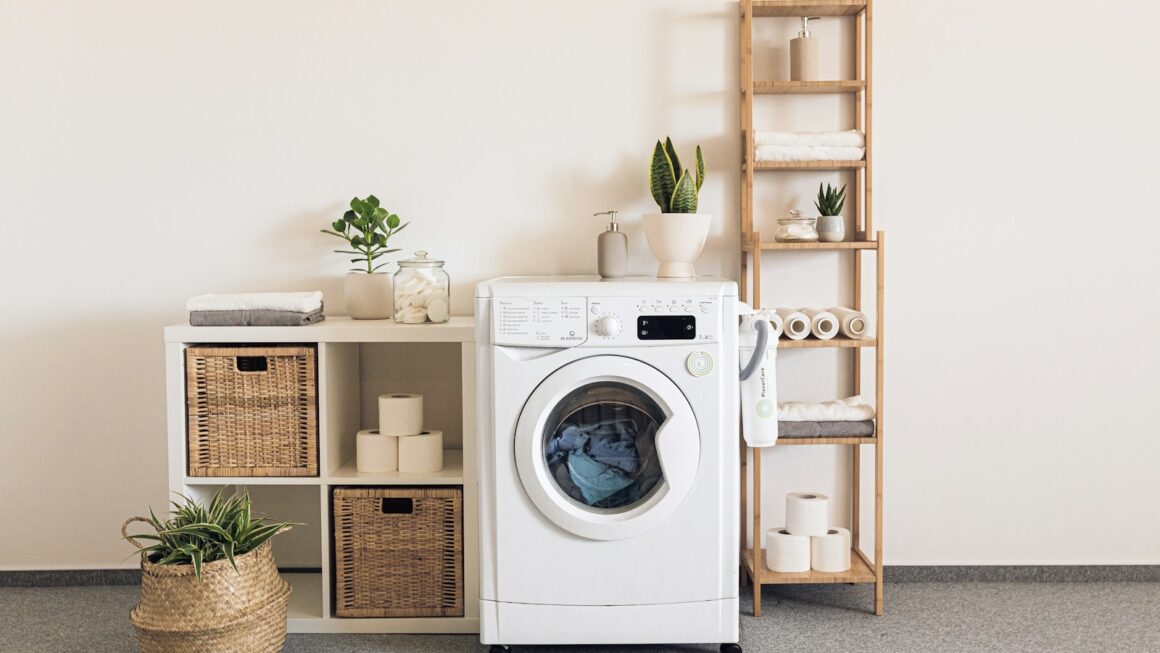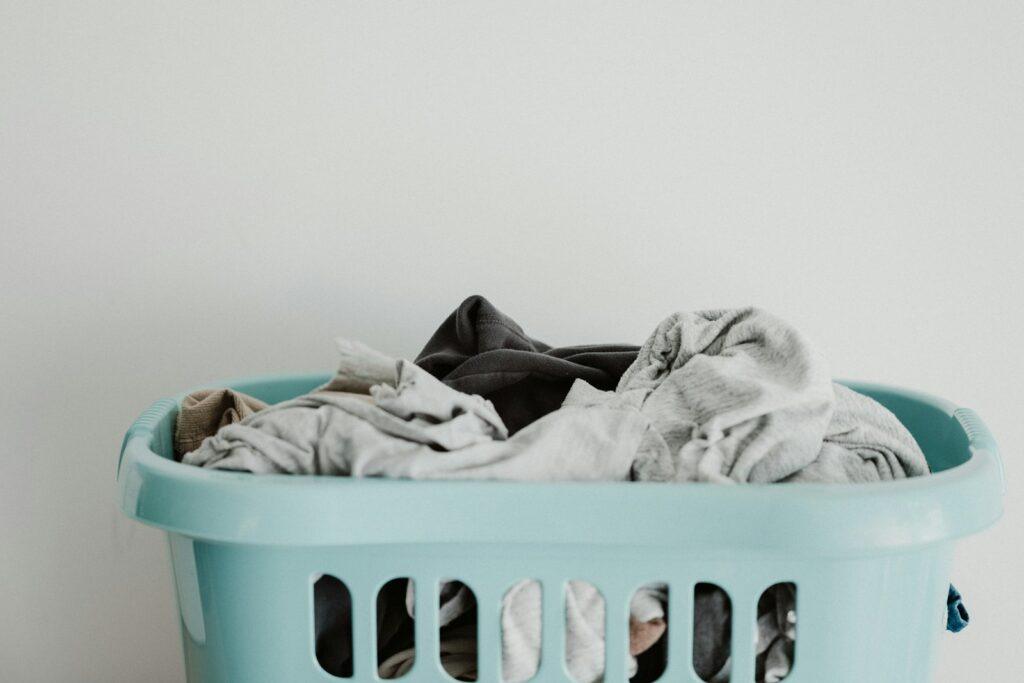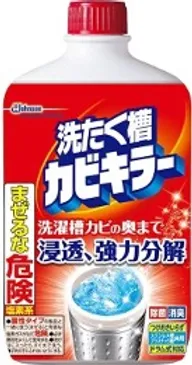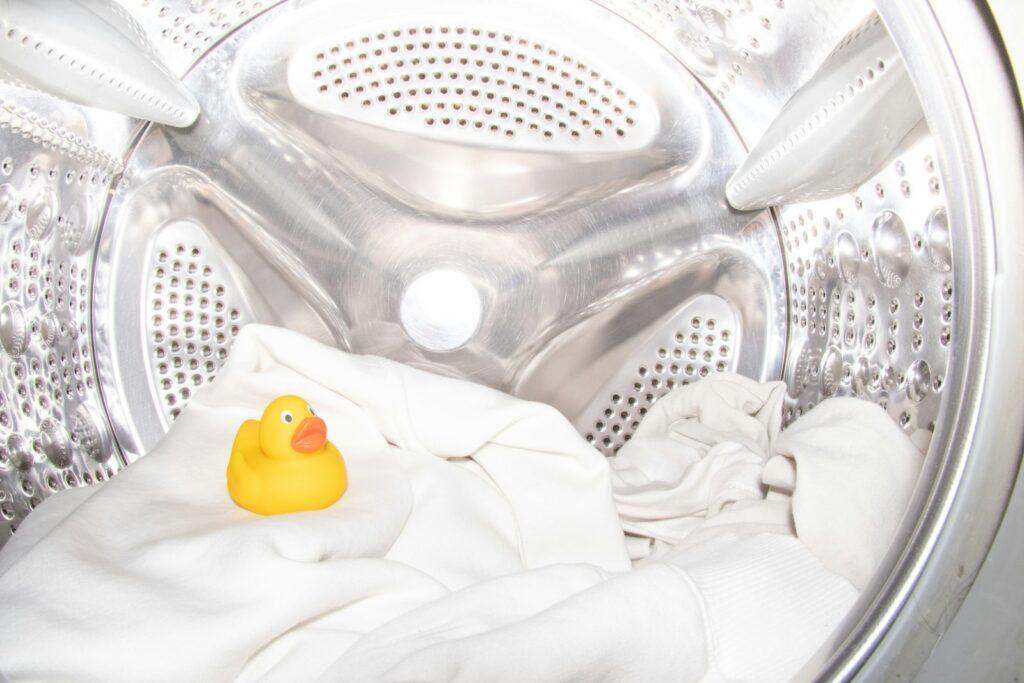Let me give it to you straight: Cleaning your washing machine in Japan is surprisingly straightforward, even if it sounds like a chore.
Living through Tokyo’s tsuyu season can feel like an endless string of gloomy days. Trust me, everything feels damp and just kind of… meh. So, when my kitchen and bathroom rugs started looking as dreary as the weather outside, I knew it was time to tackle some laundry, no matter how much I was dreading it.
First up, the rugs. But you know how it is: once you start a cleaning spree, it kind of spirals. I ended up turning my sights to my washing machine because, hey, how can I expect clean rugs from a dirty washer? Plus, I recently got a request on my YouTube channel to show how to clean these beasts, and I figured, why not hit two birds with one stone?
So, after dealing with the rugs, I grabbed my camera, rolled up my sleeves, and decided it was time to dive deep—not just into cleaning, but into showing you all how to get it done right. Ready to roll up your sleeves too? Let’s get into the nitty-gritty of giving your washing machine in Japan the spa day it deserves.
Step-by-Step Guide to Cleaning Your Washing Machine in Japan
Step 1: Gather Your Supplies
You’ll need a quality drum cleaner. In Japan, the go-to choice is 洗濯槽カビキラー (sentakusou kabi kiraa), available at most drugstores, supermarkets, and on Amazon. I recommend the SC Johnson brand, known for its effectiveness, but brace yourself for a strong chlorine smell. Each 550-gram bottle is a single-use wonder, typically sold in pairs or sets of three.
Step 2: Prepare Your Machine
Turn on your washing machine and pour the entire content of the drum cleaner directly into the drum. This sets the stage for a deep clean that tackles mold and grime head-on.
Step 3: Select the Right Setting
If your machine is equipped with a drum cleaning cycle, usually labeled 槽洗浄 (sousenjou), simply select this option. For those without this feature, fill the drum to the highest water level and select the standard wash cycle, 標準 (hyoujun).
Step 4: Start the Cleaning Process
Hit the start button and let the machine do its job. Machines with a specific cleaning cycle will shut off automatically once done. If you’re using the standard cycle, keep an eye on it and turn it off manually if necessary.
Step 5: Post-Cleaning Check
Once the cycle is complete, inspect the inside of your washing machine. Look for any lint balls or leftover debris and remove them. This helps prevent any unwanted smells or residue on your next laundry load.
Step 6: Maintenance Tips
Regular maintenance of your washing machine not only ensures clean laundry but also prolongs the life of your appliance. It’s a quick but crucial task in your home care routine.
Explore More Tips for Living in Japan
Keeping your washing machine in Japan in top condition is crucial, especially during the humid tsuyu season. But there’s much more to smooth domestic life here. For a detailed walkthrough on how to use your Japanese washing machine and other life-enhancing tips, visit my blog at this complete guide to using Japanese washing machines.
From mastering home appliances to simplifying daily tasks, my blog is packed with useful information to help you navigate your life in Japan effortlessly. Whether it’s handling laundry, understanding local regulations, or discovering the best places to eat, I’ve got all the insights you need to make your stay as enjoyable and stress-free as possible.







